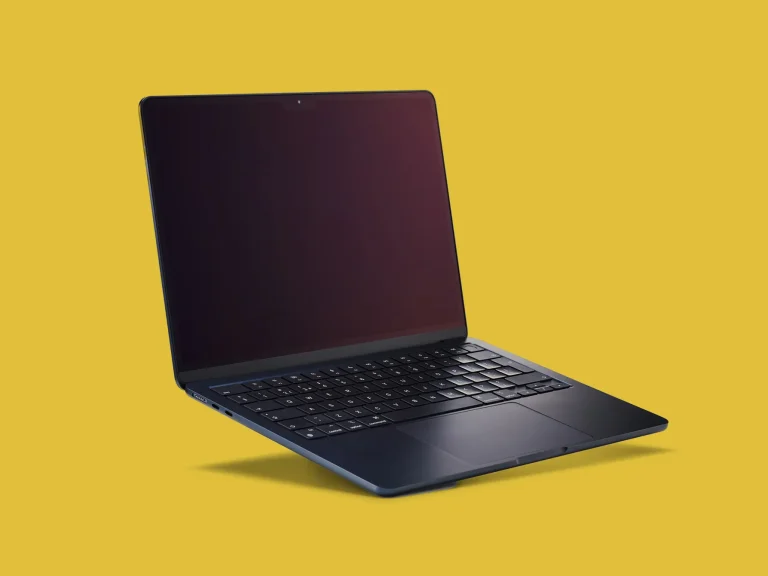For more than a decade, our lives have been filtered through glass rectangles. Phones, laptops, and tablets—they’ve become prosthetics for modern existence. But Sam Altman, the CEO of OpenAI and the man behind ChatGPT, thinks that era is ending. He doesn’t see AI as an app you open but as an atmosphere you live in. His vision? Devices that don’t just sit in your pocket or on your desk but fade into the background, always present, never demanding.
It sounds like science fiction. It also sounds exactly like where tech is heading.
From Apps to Atmosphere
Altman has been dropping hints that the future of AI isn’t about a prettier chatbot interface or yet another productivity app. He’s betting on hardware—AI-native devices designed not to be stared at, but to be felt. Think: screenless companions that listen, observe, and act when needed.
The philosophy is subtle but radical. Instead of being a distraction machine, tech could become ambient infrastructure, woven so naturally into daily life that you barely notice it. Instead of doomscrolling, you’d have something closer to a digital assistant embedded in your environment—quiet, contextual, and anticipatory.
If this sounds like déjà vu, remember: Silicon Valley has tried versions of this before. Google Glass promised a heads-up future, Amazon’s Alexa put microphones on kitchen counters, and wearables have flirted with the idea of invisible computing. None delivered on the promise fully. Altman is wagering that AI, finally, has the horsepower to make it stick.
The Shape of an Invisible Device
So what might this actually look like?
Not a phone, not a tablet, not another AR headset gathering dust in a drawer. The prototypes circulating in the Valley suggest something smaller, less intrusive—think pins you wear, earbuds that translate and interpret in real time, maybe even objects in your home that quietly listen and respond.
What’s different this time is the intelligence under the hood. Instead of brittle voice commands or clunky interfaces, a ChatGPT-powered device can adapt to context. Imagine asking for a restaurant recommendation without pulling out your phone—just a whisper to the air. Or walking into a meeting where your device automatically preps you on who’s in the room and their last big announcement. The line between digital and physical blurs.
The Challenges in the Shadows
Of course, the dream comes with sharp edges. Privacy hawks are already raising eyebrows. A device that listens constantly makes people uneasy, and for good reason. Who stores that data? How is it secured?
Then there’s the human problem: people like their screens. They like watching, scrolling, and swiping. Can AI truly replace visual consumption with ambient interaction? Or will these devices end up complementing screens rather than killing them?
And perhaps most pressing: the business model. Ambient AI devices aren’t just about slick design—they require battery breakthroughs, constant connectivity, and trust. Without those, even the smartest device risks joining Google Glass and the Amazon Fire Phone in Silicon Valley’s graveyard of almosts.
Why Altman Thinks This Time Is Different
Altman’s confidence comes down to timing. For years, AI wasn’t ready to power real-world, real-time interactions. Now, with large language models like GPT-4.5 and beyond, the intelligence is robust enough to handle natural dialogue, context switching, and personalization. Combine that with a cultural shift—people already talking to Siri, Alexa, or ChatGPT daily—and the leap to always-on, screenless AI doesn’t seem as far-fetched.
It’s also about ambition. Altman isn’t building another gadget; he’s trying to shift computing paradigms. Just as the iPhone turned “phone” into shorthand for a handheld computer, Altman wants AI devices to redefine what personal tech means altogether.
The Coming Shift
The future Altman describes isn’t one where you stop using screens altogether—it’s one where screens stop being the default. They’re no longer the first place you turn for answers, connection, or control. Instead, AI slips into the role of mediator, facilitator, or even companion.
Whether that feels liberating or dystopian depends on your perspective. To some, it’s the ultimate convenience—tech without friction. To others, it’s unnerving—technology you can’t see but that sees you constantly.
Either way, if Altman’s bet pays off, the next decade may be less about the next iPhone killer and more about something stranger: a world where the interface disappears, but the intelligence remains.







